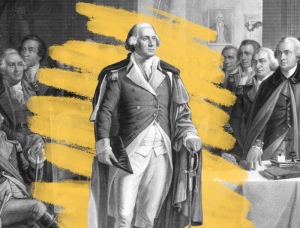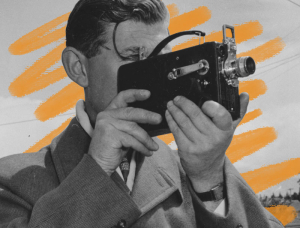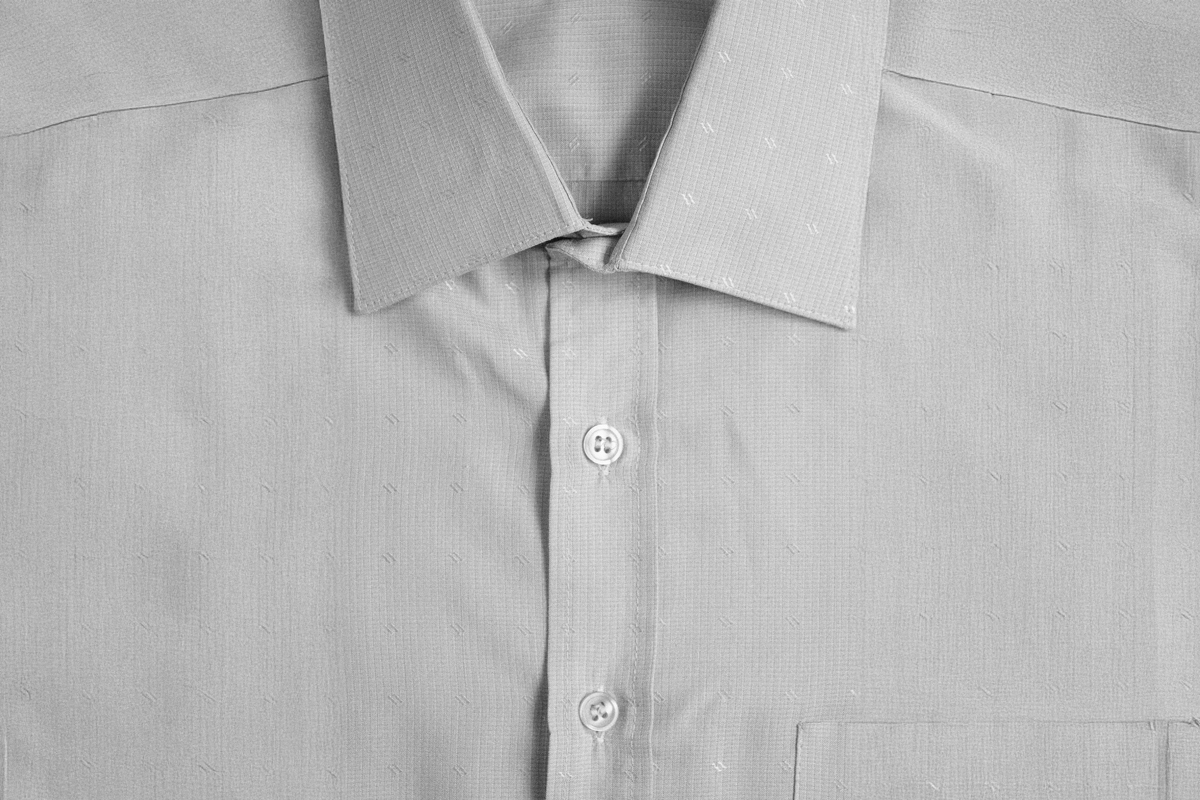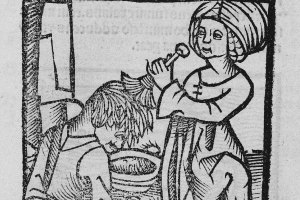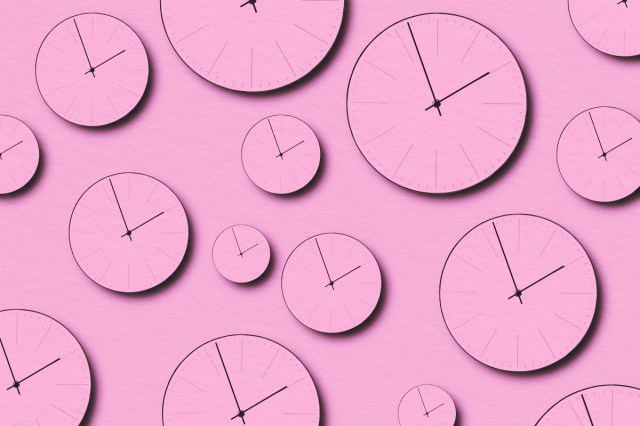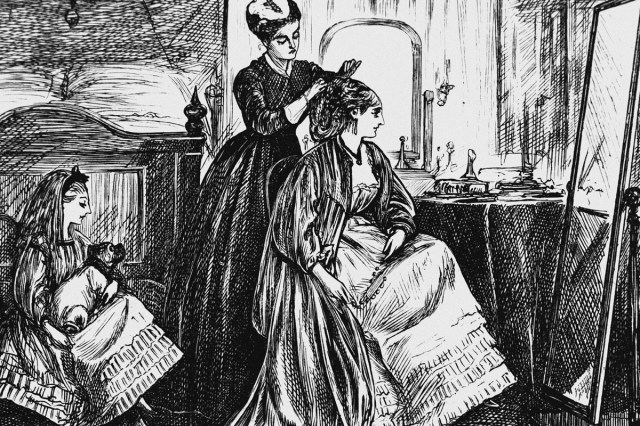Why Are Men’s and Women’s Buttons on Opposite Sides?
If you’ve ever tried putting on a shirt that was designed for someone of the opposite gender, you may have noticed something peculiar: The buttons are on the “wrong” side. Men’s shirts button left over right, with buttons running down the right side and buttonholes on the left. Women’s shirts do the opposite, buttoning right over left.
Before the rise of buttons, garments were typically laced together or fastened with brooches or clasps. Buttoned closures for garments became prevalent in the 13th century with the advent of the reinforced buttonhole — and the two opposing button configurations for men and women have existed for centuries. But why? Here’s a look at some of the theories behind this long-standing design choice.
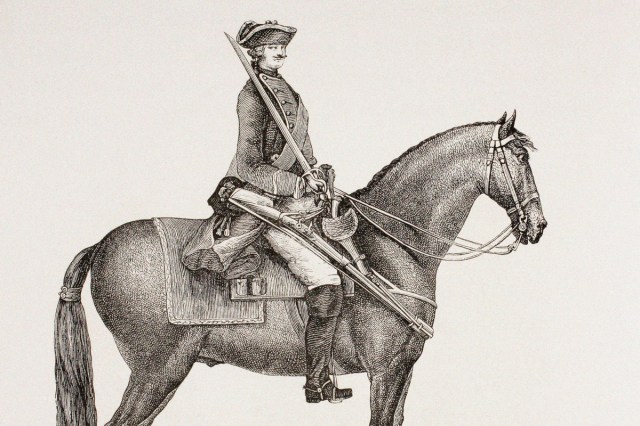
Buttons and Battle
Historians don’t know for sure why men’s and women’s buttons are on opposite sides, but some of the most common explanations involve military considerations. According to the authors of The Art of Chivalry: European Arms and Armor From the Metropolitan Museum of Art, medieval breastplates were formed of two separate and overlapping plates. To ensure that an enemy’s lance point would not slip between the plates, they were pieced together with the left plate overlapping the right, “since it was standard fighting practice that the left side, protected by the shield, was turned toward the enemy,” the authors point out. For this reason, they argue, “men’s jackets button left to right even to the present day.”
Others have made similar observations. Due to the predominance of right-handedness (about 90% of humans are right-handed), swords were typically worn on the left side, so they could be drawn with the dominant right hand. According to Paul Keers in A Gentleman’s Wardrobe, men’s shirts and jackets were deliberately designed to button left over right “to avoid catching the pommel of one’s sword in the opening, when drawing it right-handed.”
From avoiding the piercing blows of lance tips to smoothly drawing weapons, there is some logic to the soldierly need for buttoning left over right. But there’s no definitive evidence to support these military theories — and while they might explain the need for buttons on the right, they don’t supply any answers as to why women’s buttons are on the opposite side.


